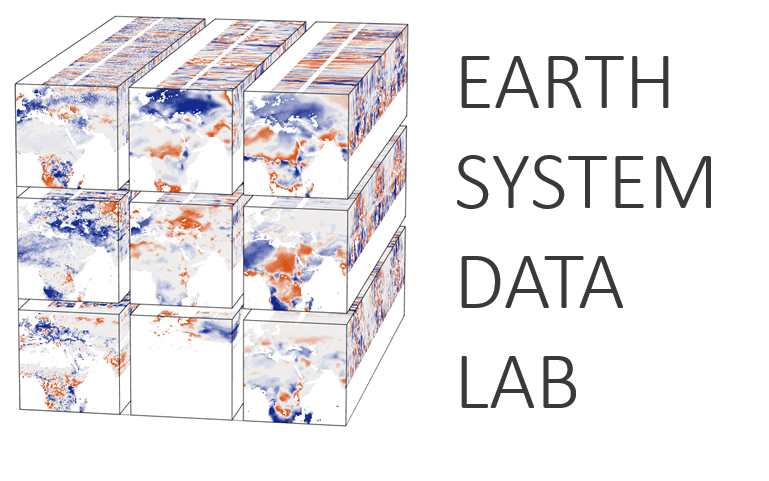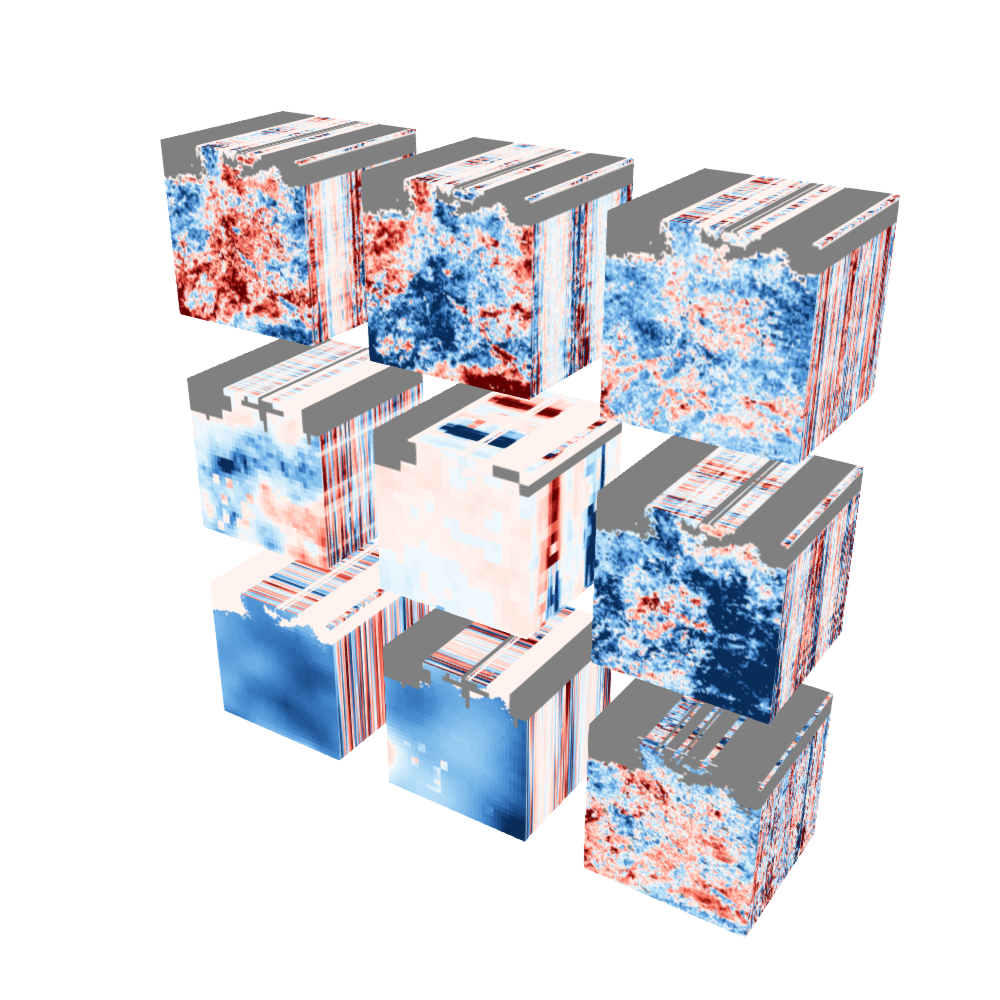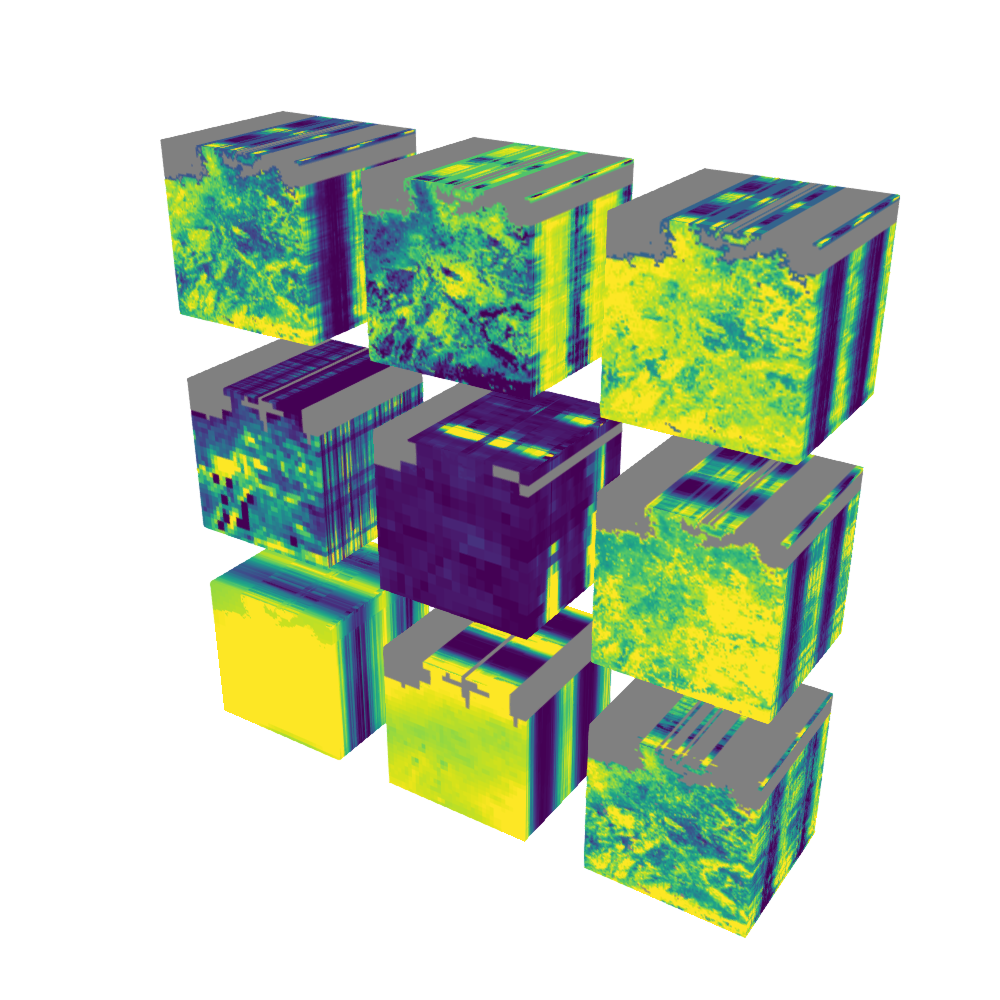The atmosphere, terrestrial biosphere, hydrosphere, pedosphere and oceans are characterized by a series of complex phenomena whose interactions control the dynamics of the Earth system as a whole. Many of the involved phenomena are increasingly monitored with high quality satellite and in-situ data. This is why today we are confronted with a multitude of long-term and spatially connected data streams, which help us to quantify the conditions of e.g. terrestrial vegetation, its seasonal dynamics, trends and extreme anomalies.
However, despite of the unprecedented progresses, it remains very difficult to jointly analyse multiple data together to actually understand the interactions between the Earth’s subsystems. This has to do with various obstacles, ranging from data discoverability, formatting inconsistencies, incompatible spatiotemporal resolutions to access restrictions. Therefore, before we can tap into the full potential of the multitude of available data streams, an Earth system scientist must overcome all these barriers.
The Earth System Data Lab (ESDL) tries to overcome these barriers in a generic way:




